What is the Role of the Modern PR Girl?
As one half of NYS can contest, having been a former fashion publicist in London, the PR game was once filled with fancy dinners, glamorous events and countless freebies to schmooze journalists in return for press coverage in glossy magazines. Much to the horror [we're sure] of Ab Fab's Eddy Monsoon, today PR is a slightly less decadent affair.
While traditional PR covers elements like crisis and reputation management, brand awareness, advocacy and messaging, the introduction of digital into the typical PR role now combines all these traditional tactics with content marketing, social media and search marketing. And although PR has always been very successful in terms of increasing brand awareness, exact metrics have always been more difficult to track. Like the rest of the modern world, a lot of PR efforts have moved online and now there's much more emphasis on measurable, online tactics that provide tangible results and insight.
You already know you need to be good at writing, event planning and maintaining relationships to be successful at PR, but thanks to our reliance on so much digital media these days, you also need to be a whiz at social media, online marketing and content strategy. Here is what it takes to be a modern communicator in the digital age.
1. Meet the New Press Release: The Company Blog
While engaging with traditional media is still relevant, the new digital era of communications incorporates tactics like blogger outreach, content marketing, social media and search. For companies, digital PR can be a really effective tool as businesses using social media now have a platform to communicate directly with who they want, when they want. In fact, you can even publish your piece of news on your own blog and then share it on social media. Not only is this likely to get more views on your news, but it can also help you to avoid some of the penalties that Google doles out for duplicate content when a press release gets distributed across multiple outlets. Furthermore, leveraging company social platforms for live streaming event coverage and sharing goings-on from industry conferences and speaking opportunities help to raise your profile within the local community, as well as show that you've got your finger on the pulse of your market sector.
2. Meet the New Stakeholder: The Online Tastemaker
Content marketing is, without a doubt, the golden child of modern marketing – helping to deliver long-term growth, bolster search engine rankings, increase your position as a thought leader and build trust between buyer and brand. But PR still plays an invaluable, complementary role. In traditional communications, media outlets such as press, radio and television are the main channels, however, thanks to the power of social media, news today can be spread further, faster, and more directly to a specific target audience than ever before. Digital PR connects your company with the new age of reporter and writer – the blogger and social influencer. And in the online realm, bloggers and influencers tend to have just as much clout – and in some cases, even greater reach – than their traditional counterparts.
3. Meet the New Partner: The SEO Specialist
As marketers, we allocate a lot of our time and resources to content marketing because of its proven effectiveness. However, the content that we build must also be distributed effectively so that people can find it. Creating engaging and organic content on a regular basis can not only bump up the position of your company in search rankings, these tactics also help to add a splash of personality to your site. Digital PR now integrates key search words to help news reach those who are searching for similar content online, and uses keyword research to drive press releases, byline articles and blog posts.
4. Meet the New Press Round-Up: The Data + Analytics Report
Traditional PR has always struggled to attribute its value to a company's bottom line. It's hard to quantify the specific impact that a piece of coverage has, as print readership numbers are estimations on potential audiences or the average number of readers per month, not actual 'eyes on the coverage' numbers. In the digital world, pretty much everything can, and is, tracked and monitored. Metrics like impressions, shares, mentions and downloads can tell you exactly how your campaign is doing so you can adapt it as needed, track every placement and measure its impact so that, when it comes to reporting, you know that every piece of coverage has added value, because it's actual value is literally right there in the data.
5. Meet the New Frenemy: The Sponsored Post
The once fine line between earned and owned media has blurred, so don't be afraid to combine these with paid media for ultimate reach on your campaign. Promoting your own content can get you noticed by the people who matter, leading to the possibility of further coverage and participation in interviews, editorials, and events – not to mention prospective new business from parties you've attracted through blogs, whitepapers, videos, and the like. Furthermore, repurpose content you've already produced (like a press releases or byline) into fresh content, like a blog post, a Pinterest infographic, a LinkedIn news update, a post on Facebook or an editorial opinion article for an online news outlet – then promote it across your own online platforms.





